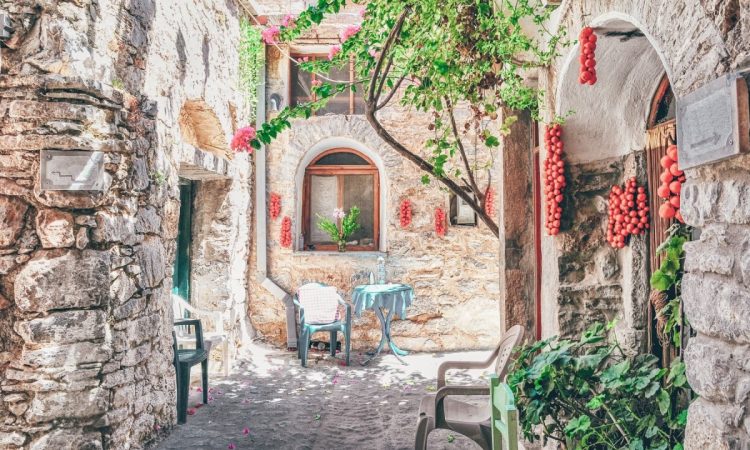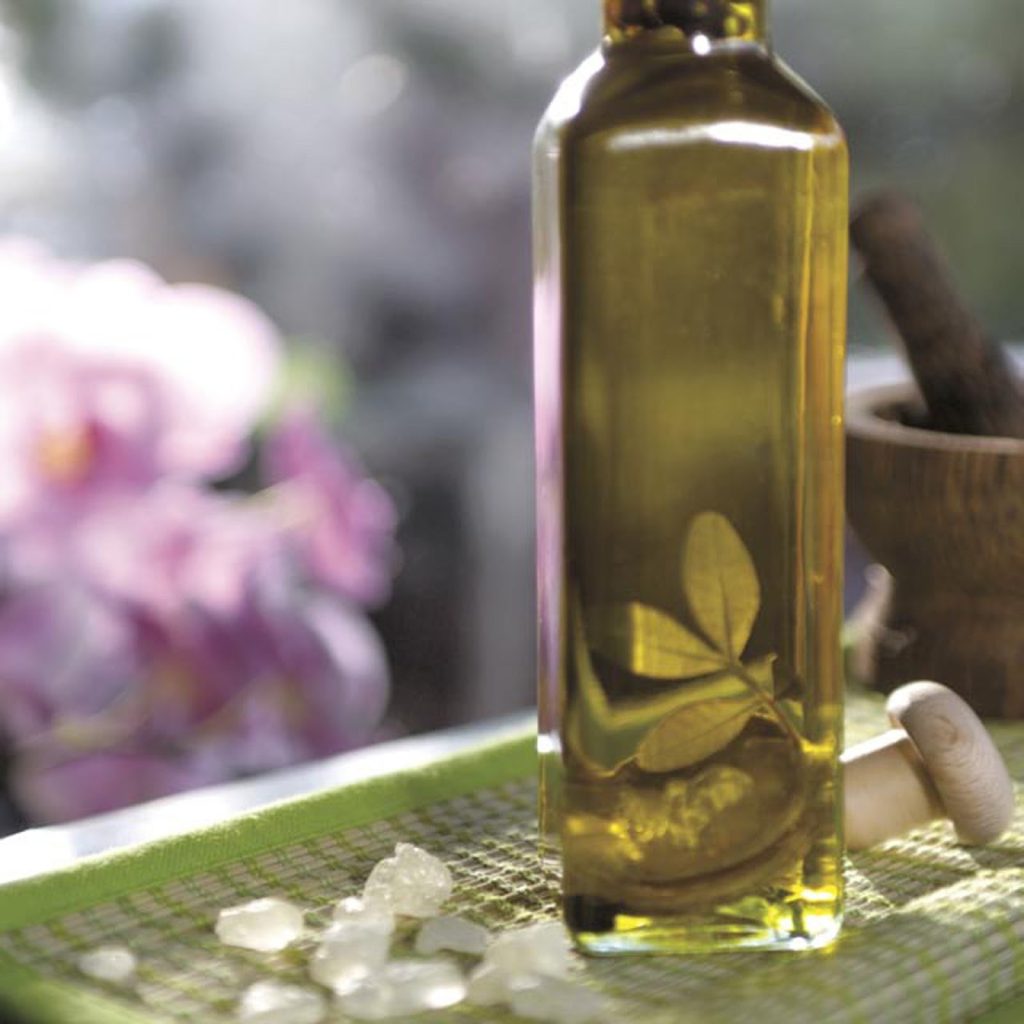
If you’re looking for an authentic Greece holiday experience beyond the usual beaches and tourist hotspots, the mastiha villages of Chios Island, Greece, should be at the top of your itinerary. Nestled in the island’s northern region, these villages offer a glimpse into centuries-old traditions, medieval architecture, and a way of life that has remained largely untouched by modern tourism. From tasting the famous mastiha resin to wandering cobblestone streets lined with historic houses, exploring these villages is a journey through history, culture, and flavour that you won’t soon forget.
What Are the Mastiha Villages?
The term “mastiha villages” refers to a group of villages on Chios where the cultivation of mastiha (or mastic) has been a central part of life for centuries. Mastiha is a resin obtained from the bark of the mastiha tree, a species native to the island. Prized for its unique flavour and medicinal properties, mastiha has been traded across the Mediterranean since ancient times.
There are nine official mastiha-producing villages, often called the “Mastichochoria,” located primarily in the southern and central parts of northern Chios. These villages share a common history of resilience: built on hills to protect against pirate raids, their fortified structures and narrow alleyways tell a story of survival and community. Today, they attract visitors not only for their history but also for their cultural experiences, food, and craftsmanship.
Top Mastiha Villages to Visit
While all nine villages are fascinating, three stand out for first-time visitors:
1. Mesta
Mesta is often considered the jewel of the mastiha villages. Its maze-like streets and well-preserved medieval architecture make it feel like stepping back in time. The village is shaped like a fortress, with high stone walls and hidden gates designed to confuse invaders centuries ago.
What to See and Do in Mesta:
- Wander the cobblestone streets: Each corner reveals historic stone houses, arches, and courtyards.
- Visit the local workshops: Watch artisans craft mastiha products, from chewing gum to liqueurs.
- Taste local treats: Sample sweets and pastries infused with mastiha at family-run bakeries.
Mesta is particularly photogenic, so make sure your camera is ready for every narrow alley and archway.

2. Pyrgi
Pyrgi is instantly recognisable for its decorative geometric murals, known locally as “xysta.” The black-and-white patterns on the village houses create a striking contrast against the sky and give Pyrgi a distinct personality. Walking through Pyrgi feels like stepping into an open-air art gallery, with centuries-old craftsmanship visible at every turn.
Highlights of Pyrgi:
- Admire the xysta: Look closely at the intricate designs, each with its own meaning and history.
- Cultural events: Depending on the season, you may witness local festivals or traditional celebrations.
- Local markets: Buy mastiha-based products, olive oils, and handmade crafts directly from the villagers.
Pyrgi is also famous for its vibrant squares, ideal for sipping coffee while soaking in the local atmosphere.

3. Olympos
Perched high on the northern slopes of Chios, Olympos is the most mountainous of the mastiha villages. Its isolation has preserved unique traditions, dialects, and customs, giving visitors an authentic glimpse into the island’s past. The village is particularly fascinating for those who enjoy hiking, history, and photography.
Things to Do in Olympos:
- Hiking trails: Explore paths that connect Olympos to neighbouring villages and panoramic viewpoints.
- Traditional cuisine: Sample dishes that have remained unchanged for generations, often prepared with local ingredients and mastiha-infused recipes.
- Engage with locals: Visit family-run shops and homes to learn about mastiha cultivation and village life.
Olympos offers a more rugged and tranquil experience compared to Mesta or Pyrgi, making it ideal for travellers looking to escape the crowds.

What to Do in the Mastiha Villages
Visiting the mastiha villages is about more than sightseeing—it’s an immersive cultural experience. Here’s how to make the most of your trip:
Explore Local Workshops
Many villages have small workshops where artisans craft mastiha products. You can watch the entire process, from resin collection to the final product. Popular mastiha items include:
- Chewing gum
- Liqueurs and spirits
- Soaps and skincare products
- Culinary ingredients for sweets and bread
Watching these artisans work gives a deeper appreciation for the skill and tradition behind every item.
Taste the Local Cuisine
Mastiha isn’t just for souvenirs—it’s a key ingredient in local dishes. Make sure to try:
- Mastiha-flavoured sweets: Cookies, pastries, and candies
- Olive oils infused with mastiha: Perfect for drizzling over fresh bread or salads
- Local wines and liqueurs: Often enhanced with a hint of mastiha

Many tavernas in the villages serve home-cooked meals made with ingredients sourced from nearby farms, providing an authentic taste of Chios.
Attend Festivals and Cultural Events
Depending on the season, you might encounter:
- Religious festivals celebrating local saints
- Harvest events related to mastiha production
- Music and dance performances featuring traditional Chios songs
These events offer a lively insight into village life and are perfect for travellers wanting an interactive cultural experience.
Walk the Streets and Soak in the Atmosphere
One of the best ways to experience the villages is simply to wander:
- Admire the stone architecture and cobblestone streets
- Pause in small squares to watch daily life
- Photograph the alleys, arches, and murals that make each village unique
Each village has its own rhythm, and spending time walking allows you to fully appreciate the charm and history of these remarkable places.
Practical Tips for Travellers
To make the most of your visit to the mastiha villages, keep these tips in mind:
- Getting There: The villages are accessible by car or bus from Chios Town. Renting a car gives you the most flexibility.
- Best Time to Visit: Spring (April–June) and autumn (September–October) offer pleasant temperatures and fewer crowds.
- Accommodation: Small guesthouses and boutique hotels are available nearby; staying in Chios Town or near the coast is also an option.
- Walking Shoes: Streets are cobblestoned and uneven, so comfortable shoes are essential.
- Respect Local Customs: Many villagers still follow traditional ways of life; be mindful when taking photos or visiting private spaces.
Seasonal Considerations
Your experience will vary depending on the season:
- Spring: Blooming flowers, mild weather, ideal for exploring on foot.
- Summer: Warmer temperatures, festivals, and peak tourist activity—book accommodation in advance.
- Autumn: Harvest season for mastiha, quieter streets, and pleasant temperatures.
- Winter: Low season; some workshops may be closed, but the villages are peaceful and atmospheric.
Choosing the right season ensures you enjoy both the cultural experiences and the natural beauty of the island of Chios, Greece.
Takeaway
The mastiha villages of Chios are a treasure trove for anyone looking to experience something different on their Greece holidays. From the medieval streets of Mesta to the artistic murals of Pyrgi and the mountainous traditions of Olympos, these villages offer history, culture, gastronomy, and adventure all in one.
Visiting these villages isn’t just a sightseeing trip—it’s an immersive journey into the heart of Chios. Sample local delicacies, witness traditional craftsmanship, and engage with welcoming villagers to create memories that go far beyond typical holiday experiences.
If you’re planning a trip to Greece, make sure to include the mastiha villages in your itinerary. They represent the island’s heritage, flavour, and beauty in a way few other destinations can match. Pack comfortable shoes, bring your curiosity, and get ready to explore one of Greece’s most unique hidden gems.




